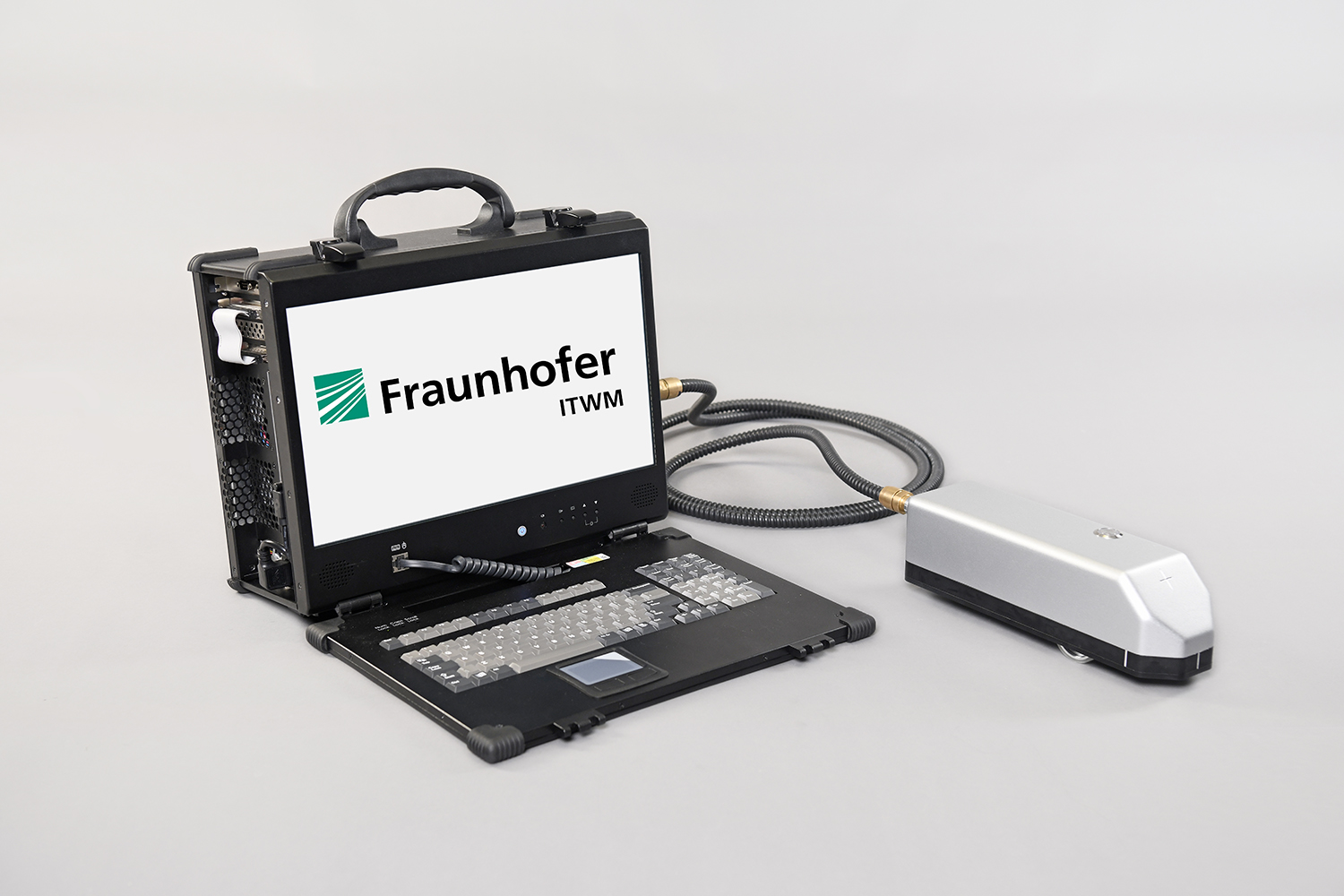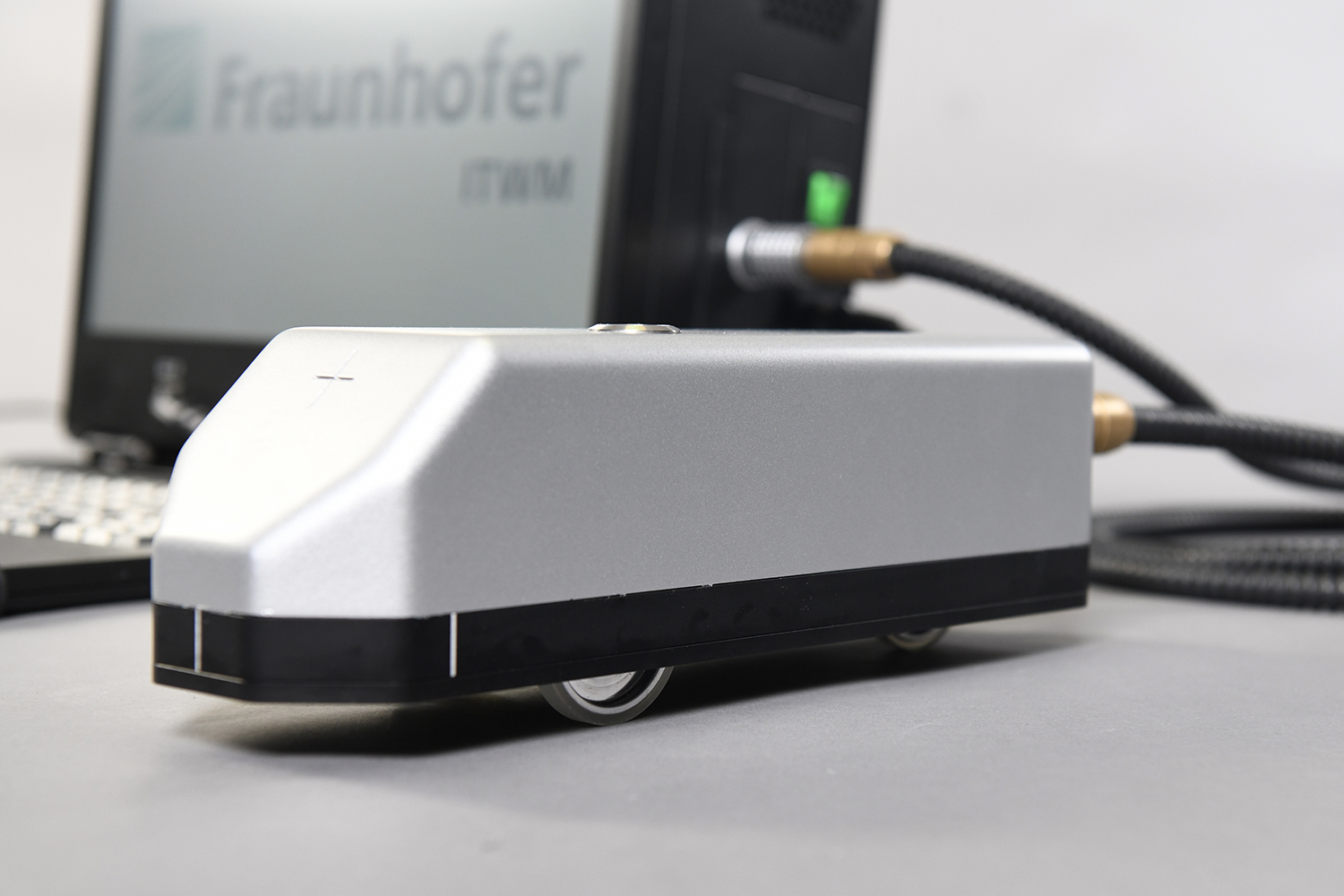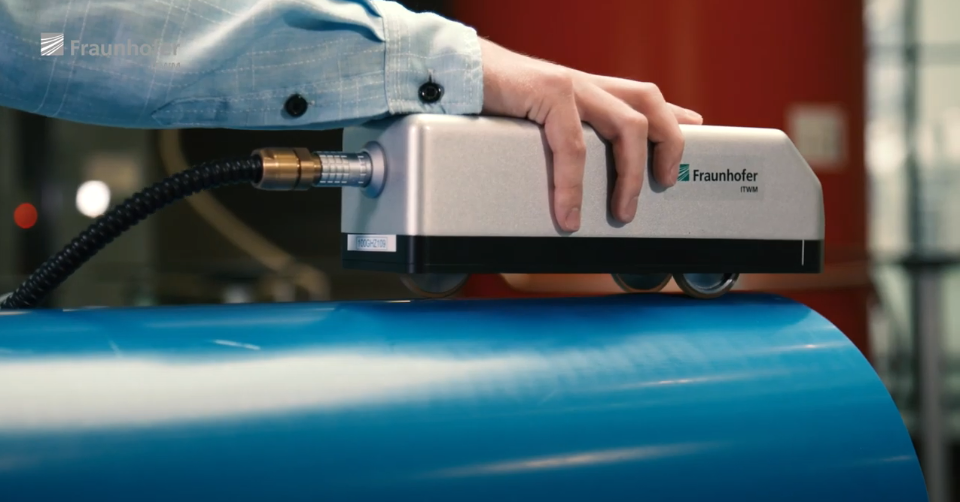The special properties of terahertz waves include the ability to penetrate electrical insulators such as ceramics, glass, and plastics, as well as the avoidance of coupling media and beam protection measures. This gives them advantages over established methods based on X-ray, ultrasound or thermography, which reach their limits especially in multilayer components with foams and honeycomb structures
Overcoming the Limits of Ultrasound Systems
Many applications demand measuring methods that are suitable for rapid and mobile use. Often, ultrasound is chosen for this reason. Water and gel are common coupling media to minimize the high losses when passing from air to a material. However, this is not possible for ceramics and foams. Fortunately, terahertz-measuring systems are non-contact, require no coupling medium and can even be used to examine hollow structures.




